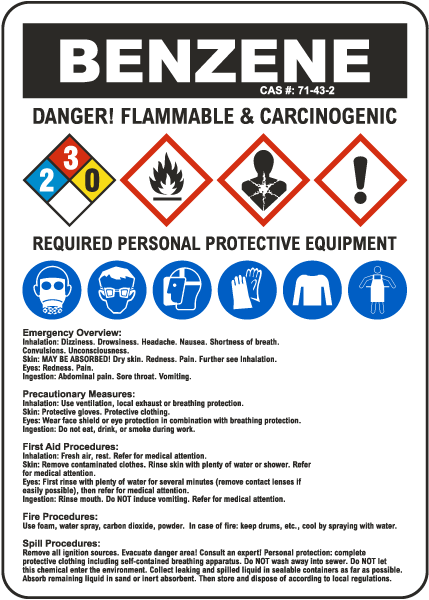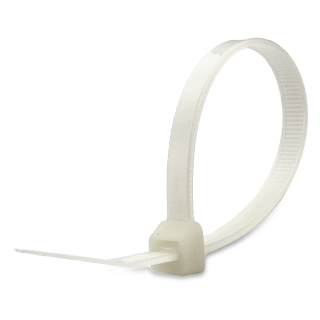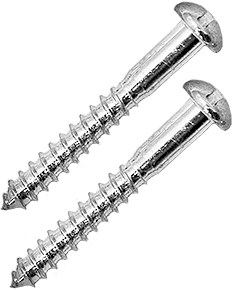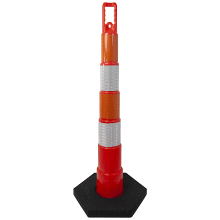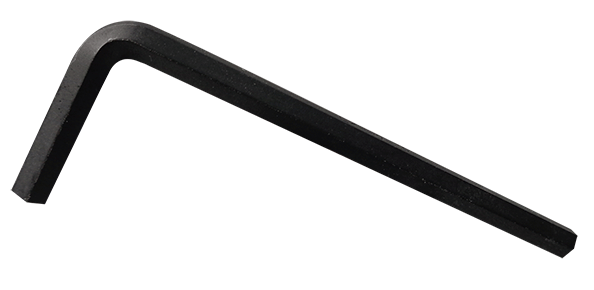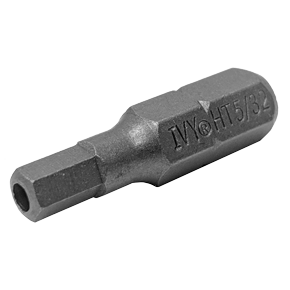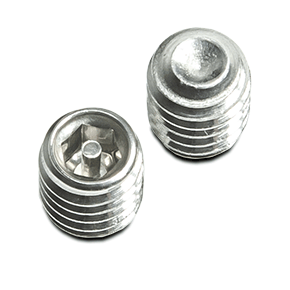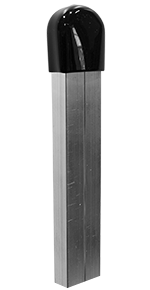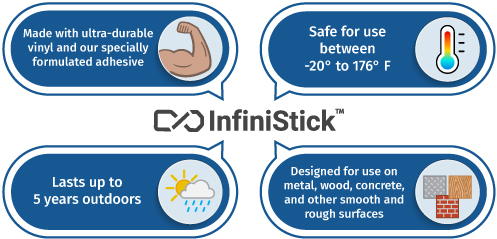- Item #
- G5624-AC
- Label Reads
-
Benzene Cas #: 71-43-2 Danger! Flammable & Carcinogenic Required Personal Protective Equipment Emergency Overview: Inhalation: Dizziness. Drowsiness. Headache. Nausea. Shortness of breath. Convulsions. Unconsciousness. Skin: MAY BE ABSORBED! Dry Skin. Redness. Pain. Further See Inhalation. Eyes: Redness. Pain. Ingestion: Abdominal Pain. Sore Throat. Vomiting. Precautionary Measures: Inhalation: Use Ventilation, local exhaust or breathing protection. Skin: Protective Gloves. Protective Clothing. Eyes: Wear face shield or eye protection in combination with breathing protection. Ingestion: Do not eat, drink or smoke during work. First Aid Procedures: Inhalation: Fresh Air, rest. Refer for medical attention. Skin: Remove Contaminated clothes. Rinse Skin With pleanty of water or shower. Refer for medical attention. Eyes: First rinse with prenty of water for several minutes (remove contact lenses if easily possible), then refer for medical attention. Ingestion: Rinse mouth. Do NOT induce Vomiting. Refer for medical attention Fire Procedures: Use Foam, water spray, carbon dioxide, powder. In case of fire: keep drums, etc., cool by spraying with water. Spill Procedures: Remove all ignition sources. Evacuate danger area! Consult and expert! Personal protection: complete protective clothing including self-contained breathing apparatus. Do NOT wash away into sewer. Do NOT let this checmical enter the enviroment. Collect leaking and spilled liquid in sealable container as far as possible. Absorb remaining liquid in sand or inert absorbent. Then store and dispose of according to local regulations.
- Label Design
-
GHS01 Health Hazard Symbol, GHS02 Flammable Symbol, GHS03 Irritant Symbol, Respirator Symbol, Googles Symbol, Face Shield Symbol, Hand Protection Symbol, Shirt With Long Sleeves Symbol, Protective Apron Symbol, NFPA 2-3-0 Symbol
- Compliance
-
- ECCN Certification
- OSHA 1910.1200(c)
Other configurations of this product are REACH SVHC and California Proposition 65.
